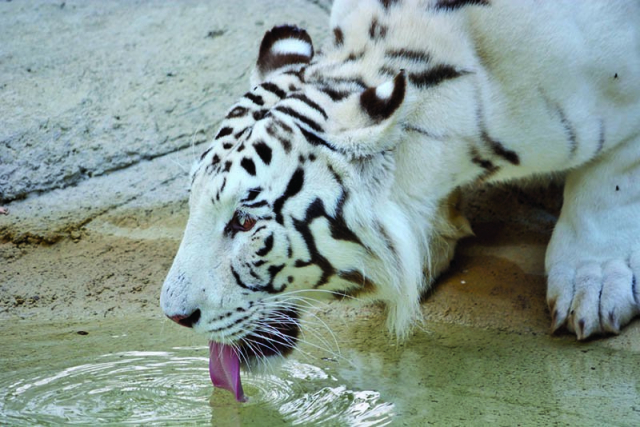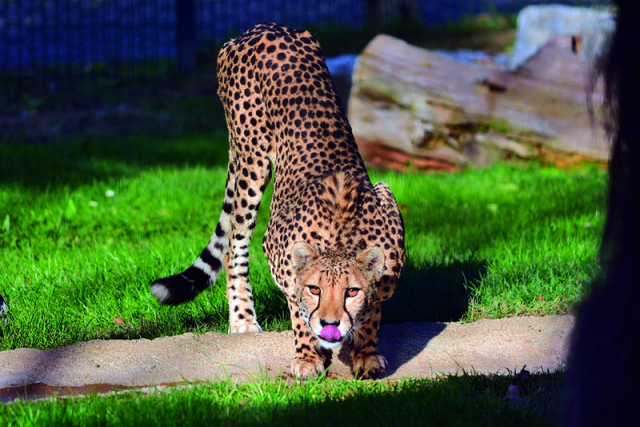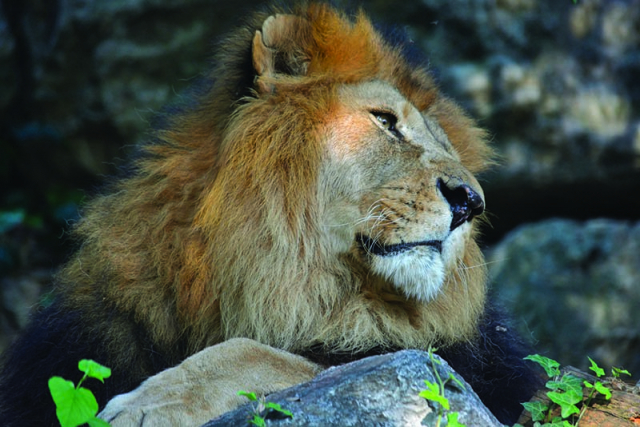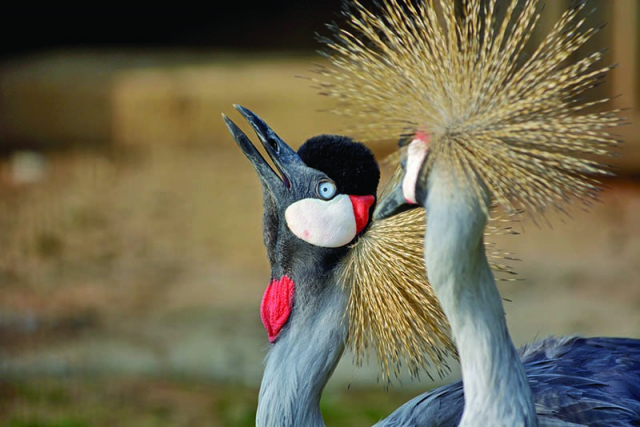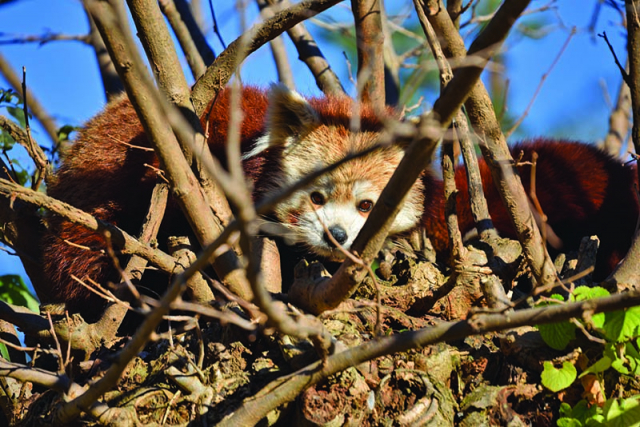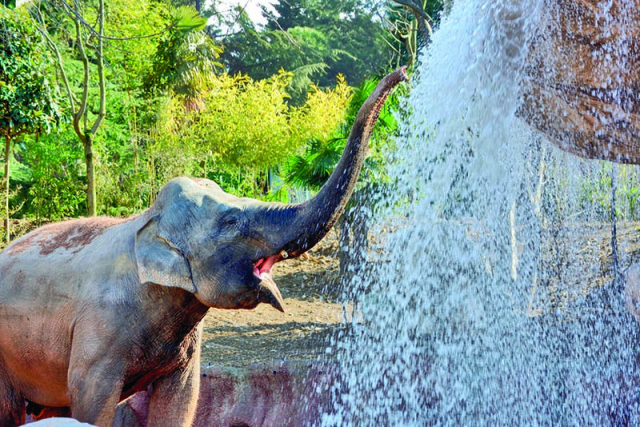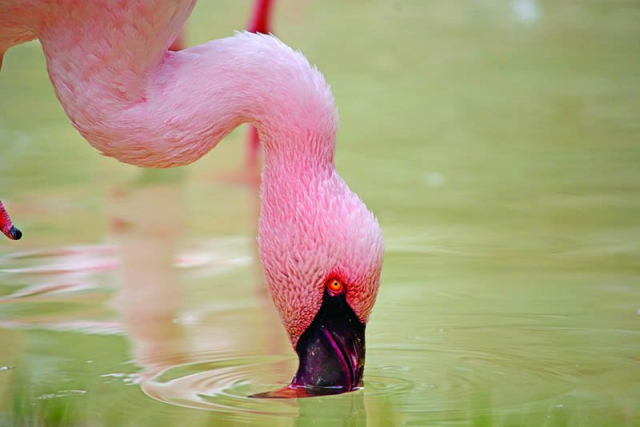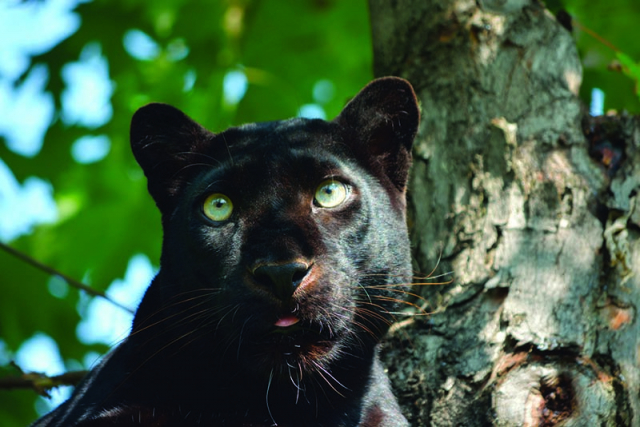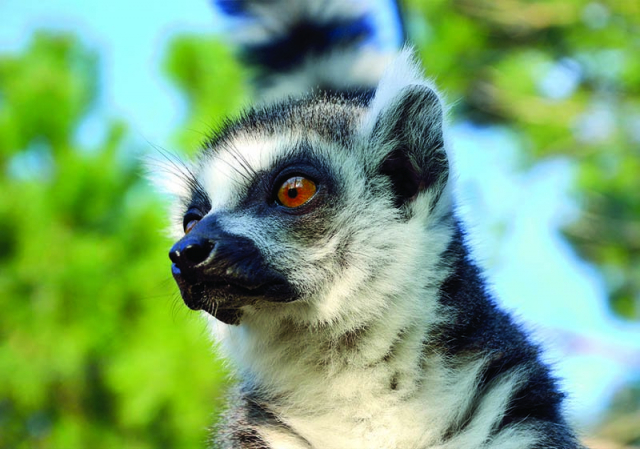LE CORNELLE 2021 Tickets, Prices, Discounts and Offers | Hotel
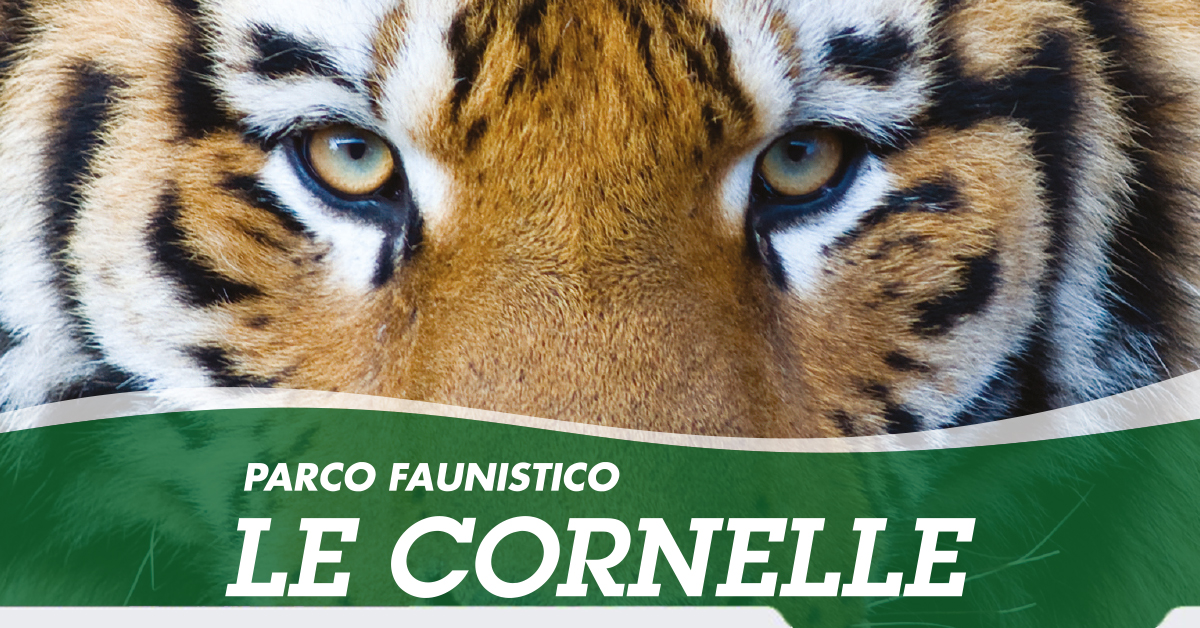
Tickets offer
Le Cornelle Wildlife ParkGeneral Info
Le Cornelle Park
Le Cornelle is a Wildlife Park and an important reality both from a scientific and tourist point of view, managed by a private company, therefore it does not enjoy any public funding and the income comes only from the entrance ticket.
Le Cornelle Park is spread over an area of 126,000 square meters and welcomes about 120 species of animals , including mammals , birds and reptiles
Inside the Z oo Le Cornelle you enter on foot and it is possible to follow a real itinerary along the map in an exciting way; in addition to the species best known to us, it is possible to find rare or endangered specimens such as the Manchurian Crane , the Snow Leopard , the White Lions , the Hyacinth Macaw and the White Tiger . After the 30th year of activity, the ALDABRA ISLAND was inaugurated, an area of about 1000 square meters in which the typical setting of the Seychelles has been reconstructed, a lush forest rich in tropical essences. On the island of Aldabra you can admire the giant tortoises of the Seychelles and other typically exotic small animals.
Le Cornelle Parco also offers other thematic areas :
- The PINNAWALA which is the elephant oasis
- The TROPICAL JUNGLE , over 7000 square meters rich in dense vegetation that recreate the habitat of the many animal species and ponds, all of which can be visited through a path designed to get to know them more closely;
- THE CHEETAH OASIS , a large area of lawn, trees, rocks and streams available to these spectacular cats, free to run and express themselves in total freedom;
- La SAVANA , built in 2015, extends over 10,000 square meters: a unique experience in which to meet zebras, rhinos, antelopes and crowned cranes. In addition to being designed to ensure a high standard of welfare and protection for animals , the Savannah offers optimal observation conditions for the visitor who, walking on embankments, finds himself immersed in the ideal habitat of the animals housed.
Inside the Park Le Cornelle there is a restaurant , a self-service , a pizzeria , 5 bars located in different points of the Park , a picnic area , a parking lot, a playground for children and souvenir shops.
Le Cornelle Prices 2021
The 2021 price list includes the following prices.
- Child admission price € 14
- Adult admission price € 18
Le Cornelle Tickets
1sticket gives you the opportunity to buy Le Cornelle tickets at a discounted price
• Entrance ticket for a child (from 3 to 11 years old) for € 13.50 instead of € 14
• Entrance ticket for an adult for € 17 instead of € 18
Buy discounted tickets by clicking here
Tickets offer
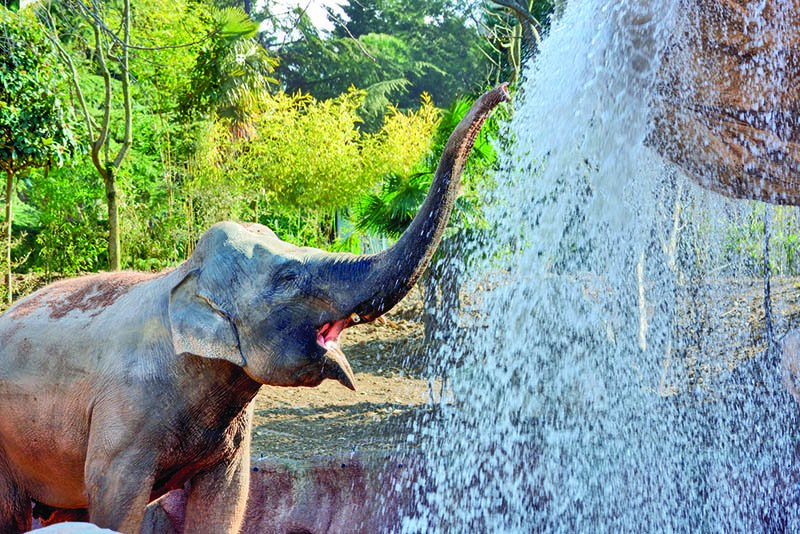
Attività esente IVA art. 10, c. 1, n 22, D.P.R. 633/1972 con esonero rilascio scontrino fiscale o ricevuta D.P.R. 696/1996
Le Cornelle Wildlife Park
How to get there
Le Cornelle Wildlife Park how to get there
- IN THE CAR
A4 Milan - Venice motorway, Dalmine exit. Go straight on towards Val Brembana. After the town of Curno, follow the signs for the Le Cornelle Wildlife Park.
The park is about 8 km from the Dalmine exit. - TRAIN AND BUS
Take the train to Bergamo.
At the station take BUS n ° 8 to Loreto and BUS n ° 10 to Valbrembo.
On public holidays from March to October, number 10 arrives in the Park's parking lot.
Le Cornelle Address
Via Cornelle, 16, 24030 Valbrembo BERGAMO
Weather
Opening
LE CORNELLE WILDLIFE PARK CALENDAR AND HOURS 2021
To know the updated timetables and the calendar it is recommended to consult the official website of the park.
Attractions
LE CORNELLE MAP ATTRACTIONS
MAMMALS:
- ALPACA
It is part of the Camelidae family. It is a domestic species that derives from the Vicuna. - ALCINA ANTELOPE
It is the largest of the African antelopes. - ANTELOPE CERVICAPRA
Cervicapra antelope is the only representative of the antelope genus. The horns are present only in the males, they are long, wrapped in wide spirals and furrowed by corrugations; between the two sexes there is an evident difference in the color of the coat, in fact the female is ocher, while the male is dark with blackish back and sides. - ANTELOPE OF MARIA GRAY
It measures between 90 and 100 cm at the withers and weighs between 70 and 110 kg. It has a long and coarse hair especially under the neck. In females, the color of the coat is reddish-yellow, while in adult males it is brown. - BONGO
It is the largest forest antelope, the male can reach the weight of 450 kg. - CAMEL
It inhabits desert, semi-desert and steppe regions, both lowland and mountain. They usually live in herds of about twenty individuals led by a male - RED CANCUR
It is the largest living marsupial. We find it both in the steppe and in mountain environments. - COBO LICHI
Robust antelope that lives in large concentrations in the flooded plains of southern Africa - INDIAN ELEPHANT
It lives preferably in the forests. The females linked by parental ties usually gather in stable groups of 4-10 specimens. Males are mostly solitary. - COMMON SEAL
It is a carnivore belonging to the Phocidae family. The male can reach 2 m in length and a weight of 150 kg - CHEETAH
Its favorite environment is the arid savannah. It has a slender build, long legs, non-retractable nails. - GIBBON WITH WHITE HANDS
The color of the hair can vary from individual to individual and go from cream to black, while the hands and feet are always white as well as a ring of hair around the face. - GIRAFFE
It is the tallest animal in the world. It can reach 6-7 m - STRIPED HYENA
It inhabits the arid savannas, steppes and desert of North, Central and Eastern Africa as well as Southwest Asia. - HIPPOPOTAMUS
It lives in the prairies near the water or in the marshy grounds. The life of the hippo is largely linked to water, in fact almost the entire day is spent in it. - LAMA
Two domestic subspecies derive from the Guanaco: the Alpaca and the Lama. It is a Camelid, but unlike the African and Asian ones, it does not have humps on its back - LEMURE CATTA
It lives in the southwest of Madagascar in forest environments and along rivers. They also adapt to more arid environments. - VARIEGATED LEMURE
It lives in the primary forests of Madagascar, today highly threatened by deforestation. - LION
It inhabits the savannah and prairie, but can adapt to bushy areas and forests. - LEOPARD `` BLACK COLOR ''
It has a slender and elegant body structure, rather short legs, wide feet and a well developed tail - SNOW LEOPARD
It inhabits the mountainous regions of Central Asia up to 6000 meters high. The long, thick fur and the thick layer of subcutaneous fat protect it from the cold. - NEBULOUS LEOPARD
Lives in Southeast Asia: Himalaya, China, Bhutan, Nepal, Borneo. It prefers tropical and subtropical forests up to altitudes of 2000 meters, but it is also encountered in mangrove swamps and prairies - MARA '
It is a South American rodent. It belongs to the guinea pig family. - MUNTJAK
The Muntjak is a Cervid that lives in pairs in environments with dense vegetation and rarely leaves its territory - SABER-HORN ORYX
Once spread throughout the northern Sahara from West Africa to Egypt, today it inhabits only the southern edge of its primitive territory. - LESS PANDA
The distribution area of the lesser panda, also called the red panda, is discontinuous and extends to Nepal, India, Burma and China. - PUMA
The Puma, also called "Mountain Lion or Cougar" is a solitary animal. Once widespread throughout the American territory, the Puma has now disappeared in many regions of this territory following the merciless hunting. - WHITE RHINO
The White Rhinoceros lives in the African savannahs. Today, unfortunately, it is in danger of extinction due to the ruthless hunting due to its highly sought-after horn and we can only find it in a few steppe territories. - SAIMIRI
He's a monkey from the New Continent. It is also called "squirrel monkey". It lives in rainforests and along the banks of rivers - WE ARE
Lives in the forests. It is the largest of the gibbons. Both male and female are black and like all apes, they do not have a tail. - SITATUNGA
It is widespread from Senegal to Kenya, Namibia and Botswana. Antelope closely related to water lives in swampy and tunnel forests along waterways and on islands in lakes - SURICATO
It lives in arid savannahs and in semi-desert and rocky areas up to 1000 meters in height. It is related to the Mongooses. - TAMARIN WITH COTTON HAIR
It is a new world monkey that lives in tropical forests. It has a thick crown of white hairs that completely cover the head and that swell when the animal is alarmed or angry. - SOUTH AMERICAN TAPIRO
It is the best known and most numerous species. He likes to live near watercourses, in fact he is an excellent swimmer capable of crossing large rivers without difficulty. - SIBERIAN TIGER
It lives in the taiga areas and has the habit of wandering continuously, alone, after sunset, to hunt down its victims, also wandering around villages and inhabited places. - BENGAL TIGER
The Bengal Tiger has become very rare, so much so that today there are only 4500 specimens - RED-NECKED UALLABIA
The Red-necked Uallabia is a mammal of the order Marsupials. It has gray / brown hair. - FLYING FOX
The genus Pteropus includes the largest bats in the world.
Pteropus vampyrus is the largest species: the wingspan reaches 182 centimeters while the weight is only 1.5 kilograms. - ZEBRA DI GRANT
It is the northernmost breed, living from Sudan to Somalia up to Tanzania. The coat has a white background with a few very wide and horizontal black stripes on the thighs, the limbs are thickly zebra-striped up to the hooves.
REPTILES:
- ROCKS LAUNCH
It is the heaviest saurian on the African continent, it can reach 2 meters in length. It is gray-brown in color with white-yellowish areas - GREEN ARBORICLE PYTHON
Its natural habitat consists of rainforests. It populates the primary rainforests, up to altitudes of about 1800 meters above sea level. - ALBINO CROSS-LINKED PYTHON
The reticulated python is one of the longest and heaviest snakes in the world, being able to reach a weight of 140 kg and a length of 9 meters. - IGUANA RHINO
The rhinoceros iguana is a diurnal species found in dry forests, in rocky areas with little vegetation and in the desert areas of the island of Haiti and the Dominican Republic - NILE CROCODILE
It is an aquatic reptile that inhabits rivers, swamps and mangrove ponds. It can also live in salty waters. It reaches 5.5 meters in length and weighs one ton. - DAYTIME GECO
Day geckos are small lizards found mainly in Madagascar. Most of the species live in warm and humid forests and have arboreal habits. - SEYCHELLES HEAD
It lives in humid areas near scrublands and pools of water. It frequents both the coastal areas and the interior of the islands where it lives. He has a calm and indolent temperament.
BIRDS:
- MANDARINE DUCK
It is called mandarin because the male during the breeding season has a plumage that recalls the festive and colorful dress of the Chinese mandarins. - BRIDE DUCK
In spring, it flies in pairs and alights on lakes and ponds. Look for food beneath the surface of the water without fully submerging. - AQULIA DI MARE TAIL WHITE
It is a large bird of prey widespread in northern Africa and Asia. It breeds in Greenland and northern Eurasia. - ARA ARARAUNA
It is easily recognizable by the beauty of the changing colors of the plumage and by the characteristic twisted beak designed to break the hardest shells. - ARA HYACINTH
It is the largest parrot in existence and reaches a length of about one meter. He usually lives in pairs or family groups between southern Brazil and western Bolivia. - ARA MACAO
It reaches a length of 80 - 85 cm and a weight of one kilogram. The plumage is mostly red, the wings have blue and yellow remiges and the tail is red. - GRIFONE
It is one of the largest European birds - PINK COCKATOO
It is one of the most widely distributed species on the Australian territory. It has a length of about 35 cm and a weight that varies between 270-350g. The back feathers have different shades of gray, the chest and head are pink as well as the mobile crest. - WHITE STORK
It is a wader of about one meter in length. It has white plumage with only black flight feathers. The beak and long legs are red. - BLACK SWAN
Smaller than the mute swan, it is distinguished from other swans by its neck length and relatively small head - ROYAL SWAN
It is called royal because its hunting was once the privilege of kings. It has long been raised in the domestic or semi-domestic state in the pools of villas and castles. - SNOW OWL
Owl of large size characterized by mostly white plumage. The females have evident brownish spots. - EXCELLENT
It is a bird of the Psittacidae family. It has an evident sexual dimorphism - LESSER FLAMINGO
It is the smallest and most numerous of the flamingos. It lives in large flocks in aquatic areas. It has a weight of about 2 kg and a height of about 1 m. - PINK FLAMINGO
It is a wading bird that lives in low salt lagoons, along estuaries and in coastal ponds. - RED FLAMINGO
It is easily recognizable by its very long legs joined by a membrane and by the characteristic curved beak it uses to drain the surface of the brackish water. - ANTIGONE CRANE
The imposing Antigone Crane, with its long legs and slender neck, at first glance has a certain resemblance to storks and herons, however it is not related to these species. - TIMED CRANE
Graceful wading bird, characteristic for having the occiput crowned with golden feathers, soft, thread-like and diverging. - CRANE OF THE MANCIURIA
It lives in swamps, on the banks of rivers and in rice fields. It feeds on vegetable substances, grains of all kinds, cereal sprouts, herbs and small roots supplemented by insects, earthworms and lizards. - REAL OWL
It is a nocturnal bird of prey and is the largest European owl. By grabbing them with its powerful claws it manages to catch prey the size of a grouse. It is lonely and hunts at dawn and dusk - RED IBIS
It belongs to the order of the Ciconiiformes. It inhabits tropical forests along the coasts and marshy areas of Venezuela and Brazil. The unmistakable appearance, that is the scarlet plumage, was the main cause that led the species towards extinction - SACRED IBIS
The Ibis is called Sacred because it was revered by the ancient Egyptians who considered it the bird of the god Toth, symbol of wisdom. Therefore they raised him in temples where he could circulate freely. - NANDU '
The Nandù is also called the "Ostrich of America". It lives in pampas and open forests in groups of 3-15 females under the orders of a male, who is larger. He is unable to fly but is a very good runner - MONACO PARISH
Medium-sized parrot with a voluminous beak. It lives in colonies in Bas-Sopian and wooded savannahs. Generally it nests among the bifurcations of tree branches, building large colonial nests with material collected from nearby bushes, to which it always returns to spend the night. The nest is made up of cells each of which is inhabited by a couple. - PEACOCK
Originally from India, it lives in open forests. Today it is widespread as, given its beauty, it has been introduced in parks and gardens all over the world - COMMON PELICAN
The common pelican is an animal well adapted to the aquatic environment. It has short, strong and webbed legs. In the phase of taking off from the water it can seem clumsy, but once in the air it turns out to be an excellent flyer. - HUMBOLDT PENGUIN
The Humboldt penguin lives along the coasts of South America, from Peru to Chile - HUMBOLDT PENGUIN
The Humboldt penguin lives along the coasts of South America, from Peru to Chile. The average height is 68 cm. - OSTRICH
The Ostrich is the largest extant bird. It inhabits steppe and desert environments. Unable to fly, it is typically a running bird and its speed can exceed 60 km / h, with leaps of 4 meters.
Near it
Nearby you will find:
The territory is proposed in every season as an absolutely unique vacation spot, offering tourists the opportunity to experience extraordinary and unrepeatable emotions and to taste all the local food and wine offer.

